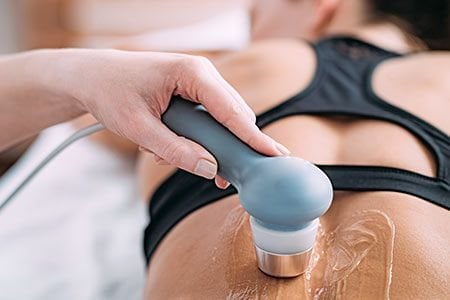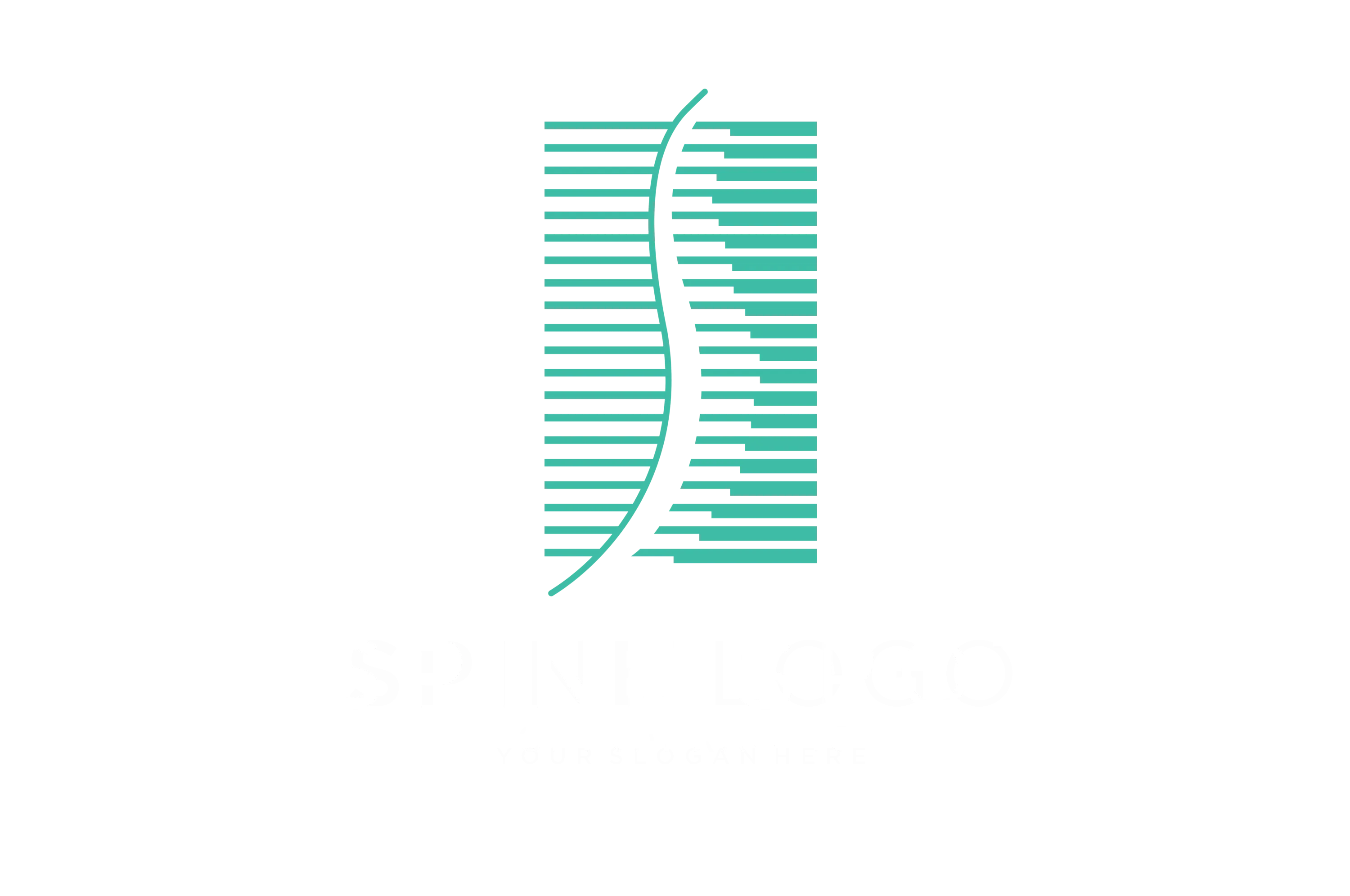
Therapeutic Ultrasound
Therapeutic ultrasound is an important modality used in physical therapy for treating various musculoskeletal conditions and injuries. It involves the use of ultrasound waves to provide deep heating to soft tissues, promoting tissue healing and providing pain relief. Let's explore the key aspects of therapeutic ultrasound and its wide-ranging applications in physical therapy.
What is therapeutic ultrasound and how does it work?
Understanding the ultrasound waves and their application in therapy
Therapeutic ultrasound utilizes high frequency sound waves that are transmitted to the body's tissues via a probe. These ultrasound waves penetrate the skin and cause vibration within the targeted tissues, generating heat. The application of ultrasound waves in physical therapy is aimed at providing therapeutic benefits by promoting blood flow, reducing muscle spasms, and accelerating the healing process.
How does therapeutic ultrasound aid in tissue healing?
Ultrasound treatment stimulates the production of collagen, a crucial protein in tissue repair, and increases the extensibility of collagen tissues, aiding in the healing of injured soft tissues. In addition, the deep heating effect of therapeutic ultrasound helps in reducing pain and inflammation, contributing to the overall tissue healing process.
What are the therapeutic applications of ultrasound in physical therapy?
Ultrasound in physical therapy is commonly used to treat conditions such as tendonitis, bursitis, and ligament injuries. It can also be effective in promoting the healing of muscle strains and joint injuries. Moreover, therapeutic ultrasound is utilized to manage scar tissue and facilitate the absorption of medications into the deeper tissues, enhancing the efficacy of other treatment modalities.
Benefits of therapeutic ultrasound in treating chronic pain
How does therapeutic ultrasound help in managing chronic pain?
Therapeutic ultrasound is known for its ability to alleviate chronic pain by targeting the underlying causes of pain, such as inflammation and reduced blood circulation. The deep heating effect of ultrasound waves enhances tissue flexibility and reduces stiffness, providing relief from chronic pain conditions.
What are the specific uses of therapeutic ultrasound in pain management?
Ultrasound is commonly used in physical therapy to manage chronic conditions like arthritis, fibromyalgia, and repetitive strain injuries. Its application in pain management extends to promoting the resolution of trigger points and reducing muscle spasms, contributing to an overall improvement in pain symptoms.
How is ultrasound used in physical therapy for pain relief?
Therapeutic ultrasound aids in pain relief by increasing the circulation of oxygen-rich blood to the affected area, which helps in reducing pain and promoting healing. The deep tissue penetration of ultrasound waves also assists in breaking down scar tissue and adhesions, further enhancing pain relief and improving mobility.
Application of therapeutic ultrasound in physical therapy
Exploring the use of ultrasound in treating soft tissue injuries
Therapeutic ultrasound is widely used in physical therapy to treat soft tissue injuries, including strains, sprains, and contusions. The deep heating effect of ultrasound waves helps in decreasing muscle spasms, reducing inflammation, and promoting the repair of damaged soft tissues.
Understanding cavitation and its role in therapeutic ultrasound
Cavitation, the formation of tiny gas bubbles within tissues due to ultrasound, has a therapeutic effect by enhancing the delivery of oxygen and nutrients to the targeted tissues. This phenomenon aids in tissue repair and accelerates the resolution of inflammation, contributing to the overall therapeutic benefits of ultrasound treatment.
How do therapists use therapeutic ultrasound in treating musculoskeletal conditions?
In musculoskeletal conditions such as tendon and ligament injuries, therapeutic ultrasound is employed to promote tissue healing, decrease pain, and improve the range of motion. Therapists utilize ultrasound in conjunction with targeted exercises and manual techniques to optimize the rehabilitation process and achieve positive outcomes for patients.
Comparing therapeutic ultrasound with diagnostic ultrasound
Differentiating the use of therapeutic ultrasound and diagnostic ultrasound
While therapeutic ultrasound is focused on delivering therapeutic effects for healing and pain relief, diagnostic ultrasound is primarily used for imaging and evaluating internal structures within the body. The two modalities serve distinct purposes in healthcare, with therapeutic ultrasound being specifically tailored for the treatment of musculoskeletal conditions.
How does low-intensity ultrasound differ from diagnostic ultrasound?
Low-intensity ultrasound, unlike diagnostic ultrasound which operates at higher frequencies for imaging purposes, uses lower energy levels to promote tissue healing and pain relief. It is designed to produce gentle, continuous waves that have a profound impact on cellular function and repair mechanisms within the targeted tissues.
Exploring the role of transducer in therapeutic ultrasound
The transducer, a key component of therapeutic ultrasound equipment, converts electrical energy into ultrasound waves and transmits them to the body. It plays a crucial role in delivering the therapeutic ultrasound energy to the specific areas requiring treatment, ensuring precision and effectiveness in targeting the affected tissues.
Practical considerations for therapists using therapeutic ultrasound
What are the guidelines for using therapeutic ultrasound in physical therapy?
Therapists must adhere to established safety guidelines and protocols when utilizing therapeutic ultrasound, ensuring the appropriate selection of ultrasound parameters and the use of coupling agents to enhance the transmission of ultrasound waves. Proper patient positioning and continuous monitoring during ultrasound applications are also essential for safe and effective treatment.
Understanding the significance of ultrasound in diagnosing and treating soft tissue injuries
Ultrasound serves as a valuable tool in physical therapy for both diagnosis and treatment of soft tissue injuries. Its ability to visualize internal soft tissue structures aids in accurate diagnosis, leading to tailored treatment plans for patients. Additionally, ultrasound-guided interventions enable precise targeting of affected tissues for therapeutic purposes.
Exploring the bubble effect and its relevance in therapeutic ultrasound
The bubble effect, resulting from cavitation during ultrasound treatment, influences the microenvironment of tissues and facilitates the repair processes. Therapists need to be aware of this phenomenon and its implications in optimizing the therapeutic effects of ultrasound, ensuring that the treatment parameters are conducive to leveraging the beneficial effects of cavitation.
Treatment Modality
Therapeutic ultrasound is a treatment modality used by chiropractors to help care for a variety of conditions. This form of therapy employs high-frequency sound waves (that can't be detected by the human ear) to stimulate soft tissues of the body in order to ease pain and tightness and promote healing. Therapeutic ultrasound is different from a diagnostic ultrasound that is used to take images inside the body for the purpose of diagnosing and monitoring specific conditions.
Therapeutic ultrasound increases relaxation of soft tissues and local blood flow, which reduces inflammation and swelling. It is especially effective when used on ligaments, tendons, fascia (connective tissue that covers the muscles) and joint capsules. Ultrasonic vibration also helps break down scar tissue.
Types of Therapeutic Ultrasound
There are two types of therapeutic ultrasound: thermal (deep heating) and mechanical (non-thermal). The thermal form of therapeutic ultrasound provides heat to soft tissues (muscles, ligaments and tendons) of the body through continuous sound waves. The heat helps increase circulation to these tissues, aiding the healing process—and the treatment can reduce pain by helping to increase movement and flexibility of the tissues.
The non-thermal (mechanical) form of therapeutic ultrasound uses alternating frequencies to cause microscopic gas bubbles to form around soft tissues in the targeted area. The bubbles act on cell membranes to help heal injured ligaments, tendons or muscles. It is believed that non-thermal ultrasound treatments boost healing by speeding up biological processes.
Common Conditions Treated by Therapeutic Ultrasound
Chiropractors may treat a variety of soft tissue injuries and pain related to other musculoskeletal conditions with therapeutic ultrasound. Some of the most common conditions include:
- Bursitis
- Tendonitis
- Frozen shoulder
- Muscle strains and tears
- Joint tightness or contracture
- Pain from osteoarthritis
- Myofascial pain
- Carpal tunnel syndrome
- Phantom limb pain
- Scar tissue pain
- Strains and sprains
- Low back pain
- Neck pain
- Rotator cuff tears
- Knee meniscus tears
While therapeutic ultrasound can be used to treat several different conditions, it should be avoided with certain medical conditions and is not recommended for use over growing or fractured bones, numb areas of the body, or cancerous tissues. In addition, the treatment should not be used on pregnant women, over sexual organs and breasts, over any open wounds or skin lesions, around the eyes, or near metal or electrical implants or pacemakers.
Why See a Chiropractor for Therapeutic Ultrasound?
There's no need to suffer from pain when a licensed chiropractor can help you find relief. If you are suffering from a soft tissue injury or a condition affecting your musculoskeletal health, adding therapeutic ultrasound to your treatment approach may bring relief and a faster recovery time. At the chiropractic clinic, we will examine you to determine the root cause of your condition, and upon diagnosis, your treatment options will be discussed. If you are considered a good candidate for it, ultrasound therapy may be one of those options to enhance your healing.
More Chiropractic Techniques and Physiotherapies
- Electrical Muscle stimulation
- Spinal Decompression
- Spinal Manipulation/Adjustment
- Therapeutic Ultrasound

